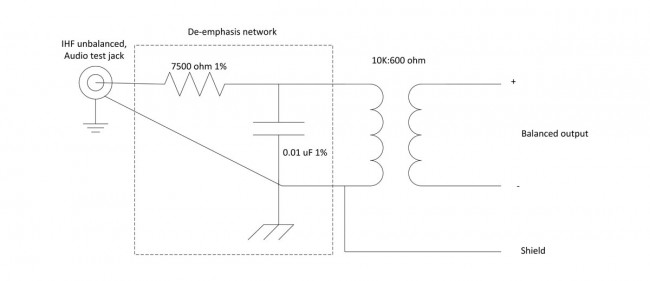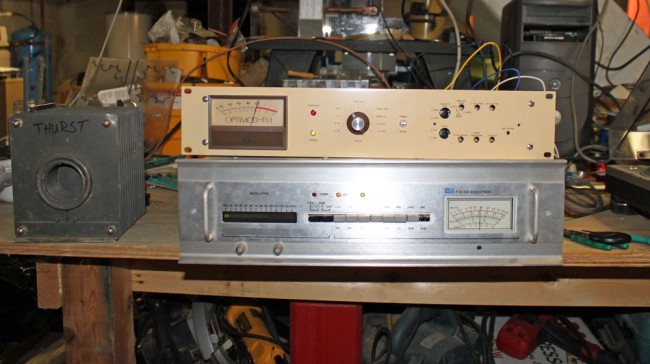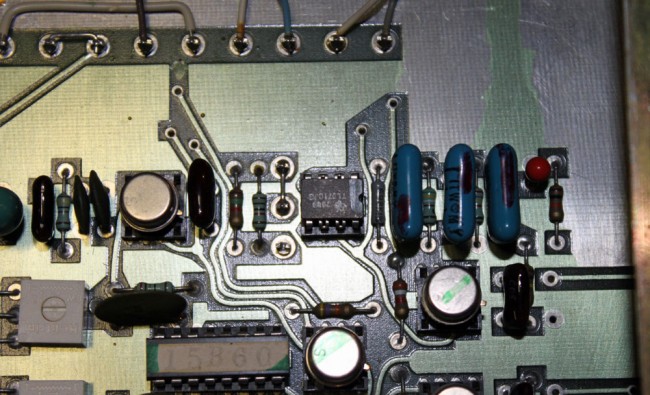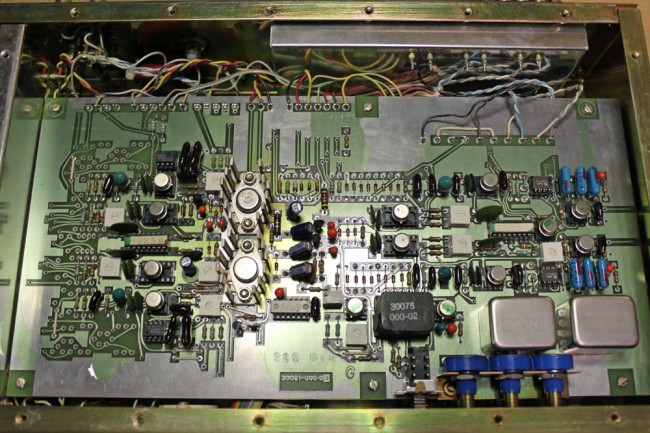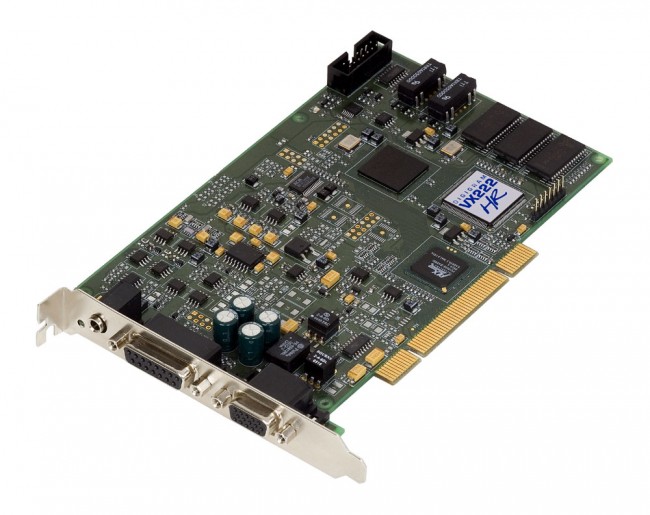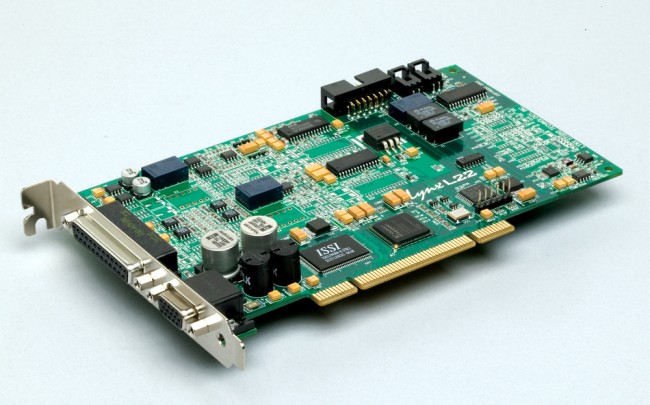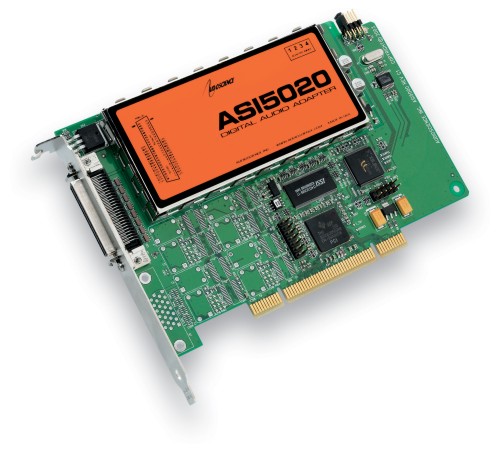I have put off writing anything about this for several reasons. First of all, there is a lot of secrecy surrounding the use of the Voltair magic machine. No one will admit to it, however, I have had several off-the-record conversations with various engineers. All of this is hush-hush, unofficially off the record and on the QT, so no names, call letters, or cities of license can be disclosed.
The general gist of these conversations is this; the Voltair seems to be increasing ratings in some cases but not others. It is sometimes too early to tell whether the increased ratings are a one-time anomaly or something more permanent. In one case, an AC station saw 30% increase in numbers, while a certain talk station saw next to nothing. Results are mixed.
In the credit where credit is due department; the Telos Marketing campaign has been effective. Again, from a variety of different sources; Program Directors, Market Managers, and Sales Managers are “beside themselves,” or “giddy” when the UPS truck delivers the Voltair to the front door. In one case, requiring that “I (the market engineer) drop everything” to get it installed as quickly as possible and “acting like it is God’s gift to radio.” It looks like all those trade publication ads are paying off, $15,000 at a time.
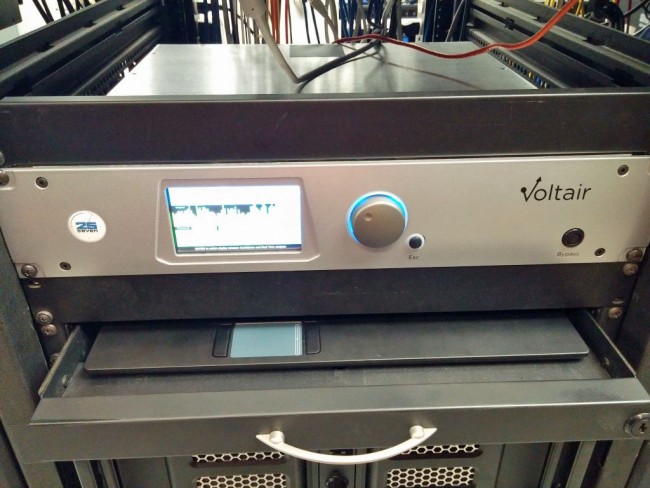
One interesting thing about the Voltair, you can program simulated listening environments such as sporting events, restaurants, kitchens, vehicles, etc. This allows the user to see how their program material is being decoded by a PPM survey device in those types of environments. For example, if you are a sports station, having your program material decode well at sporting events or restaurants and bars might be important.
Of course, we have all seen the confidence display:
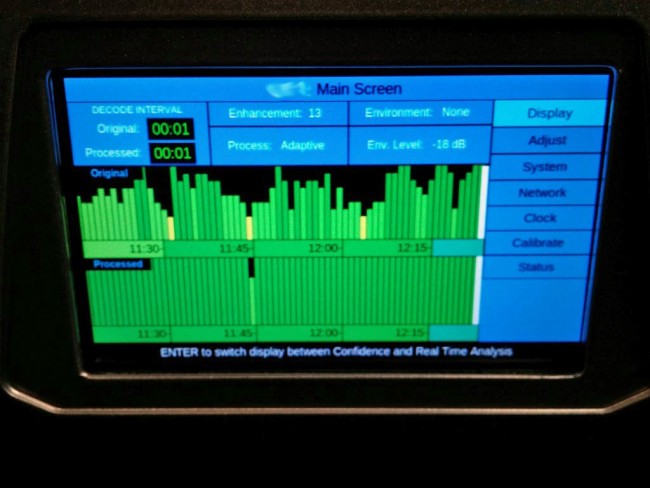
So, what does this mean? Perhaps there is an inherent flaw in the Nielsen PPM encoding technology. In the past, PPM has been blamed for the demise of the Smooth Jazz format. I always had the notion that Smooth Jazz was responsible for the demise of the Smooth Jazz format. However, if PPM is indeed causing certain program material to disappear from the airwaves, then it would be a case of the tail wagging the dog. If PPM requires that station owners purchase a $15,000 in order to get credit for their TSL and cume, then there is a pretty big problem with the technical aspects of the system.
Of course, there are others that say there is no “Voltair effect.” The Voltair machine is simply a fancy and expensive gizmo that looks good but does not really do anything.
Nielson Audio is having a Webinar on July 21 to address some of the questions regarding the Voltair and PPM encoding for subscribers only. It will be interesting to see what the outcome is.

